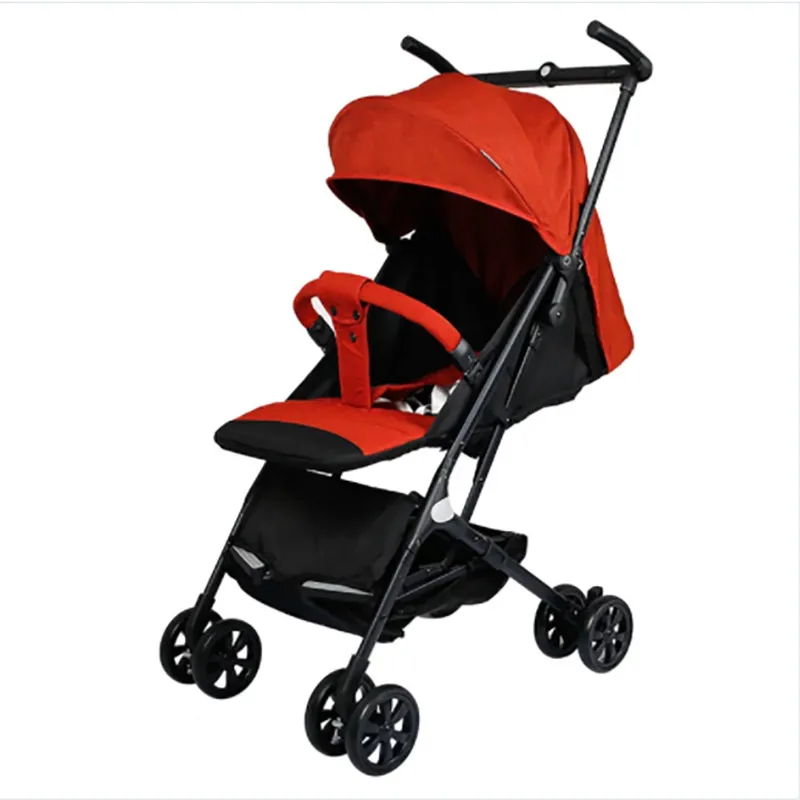Feb . 19, 2025 11:47 Back to list
27.5/29 "Color-Changing Carbon Fiber Mountain Bike 12 Variable Speed Mountain Bike Dirt Bike


Throughout the adjustment process, attentive listening—often neglected—is crucial. The derailleur system’s sound provides real-time feedback on tuning. Creaks, clicks, or grinding noises indicate specific tension or limit issues, guiding precise adjustments. The auditory method, honed by experienced cyclists, is a nuanced approach enhancing derailleur adjustment quality. Post-adjustment, a test ride is pivotal. Real-world conditions subject your tuning to dynamic stresses. During the ride, note responsiveness during swift shifts, uphill climbs, and rapid descents. An effectively adjusted derailleur should transition seamlessly between gears, devoid of delays or resistance, affirming adjustment success. Finally, combine this technical know-how with periodic maintenance. Regular cleaning, chain lubrication, and inspection of cable integrity enhance derailleur longevity. A proactive approach prevents common derailleur-related issues, supporting a smoother biking experience. By mastering the art of derailleur adjustment, not only does one gain a deeper understanding of their bike but also attains an authoritative insight into mountain biking maintenance. This trustworthiness is built on the harmony between technical expertise and real-world application. As mountain biking’s challenging trails demand precision and reliability, a well-tuned derailleur stands as a testament to a biker’s capacity for skillful maintenance and a gateway to enjoyable riding experiences.
-
In-Depth Guide to Ebike Frames: Design, Use & Future Trends
NewsNov.25,2025
-
Discover Top E Bike Brand Insights, Specs & Future Trends | Yanline Bike
NewsNov.24,2025
-
Green E Bike – The Future of Sustainable Urban Mobility
NewsNov.24,2025
-
Ruffian eBike: Durable, Efficient Electric Bikes for Modern Mobility
NewsNov.23,2025
-
Comprehensive Guide to the Global E Bike Market and Future Trends
NewsNov.23,2025
-
Understanding Electric Bicycle Range: A Complete Guide for Smarter E-Bike Use
NewsNov.22,2025
-
Ceron Electric Bike – Efficient, Sustainable Urban Mobility Solutions
NewsNov.22,2025




